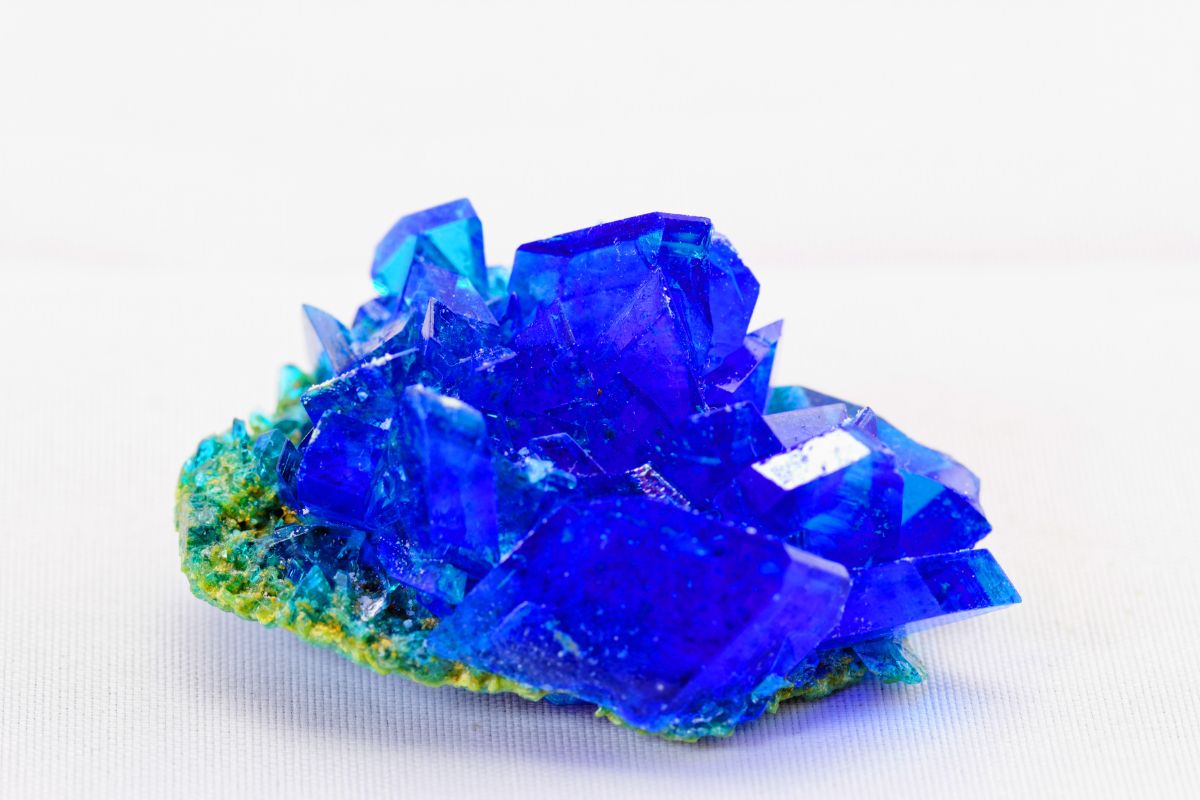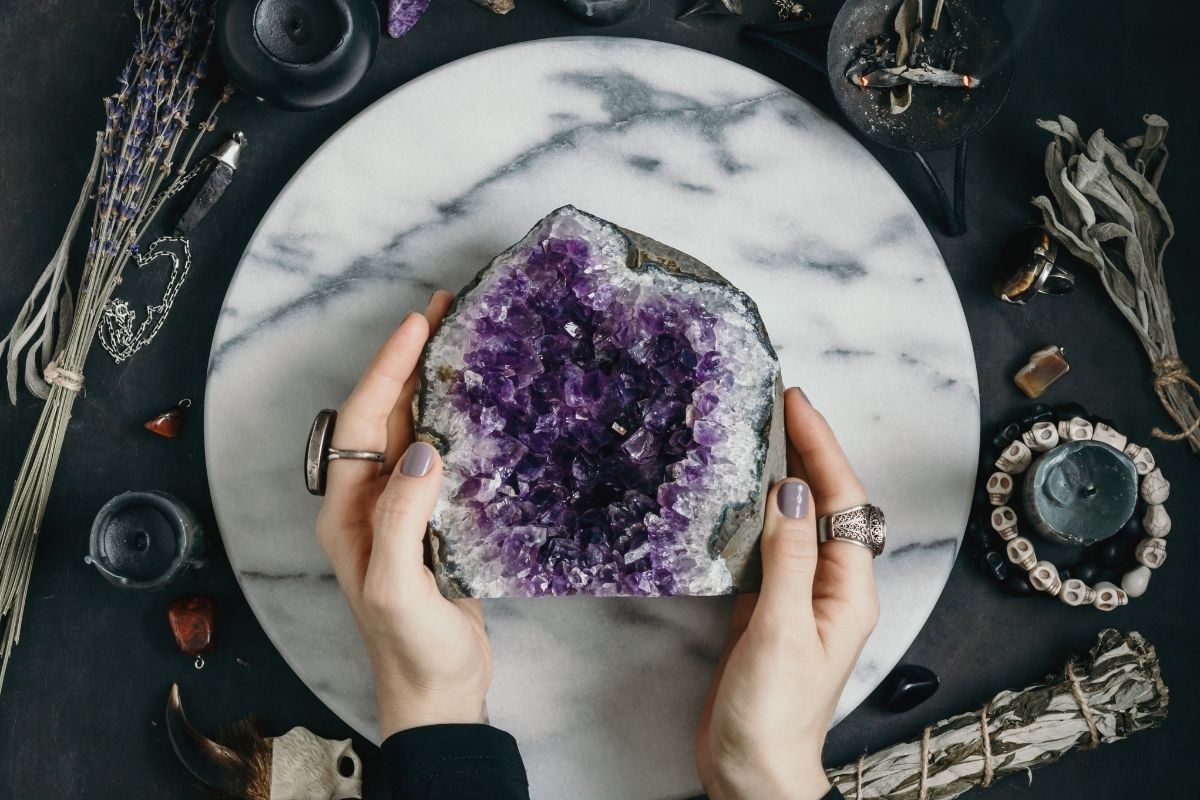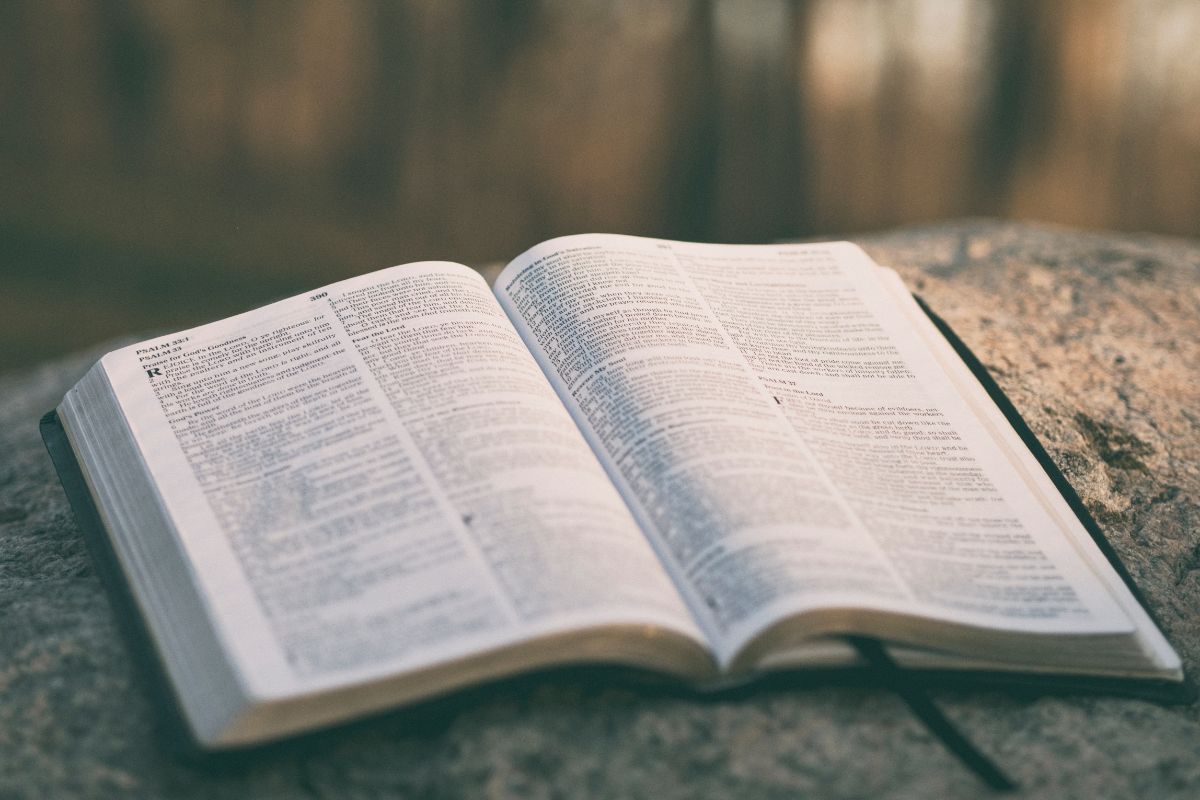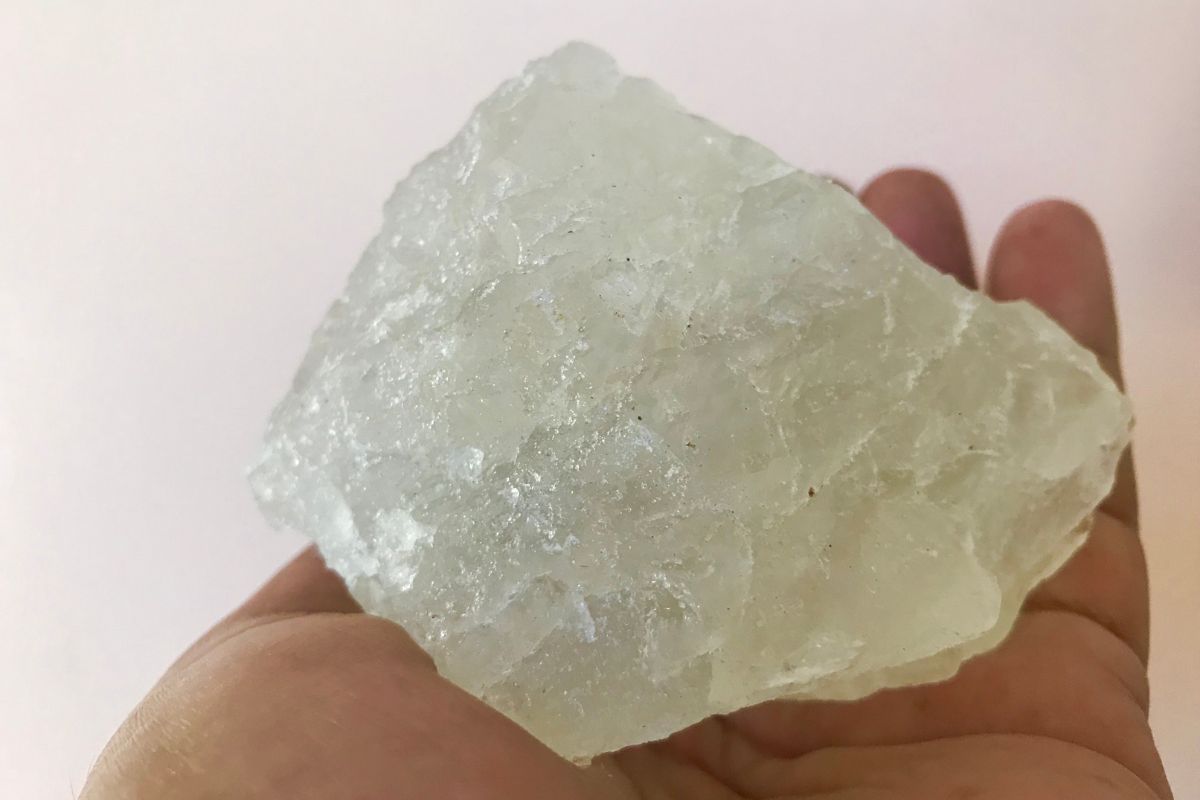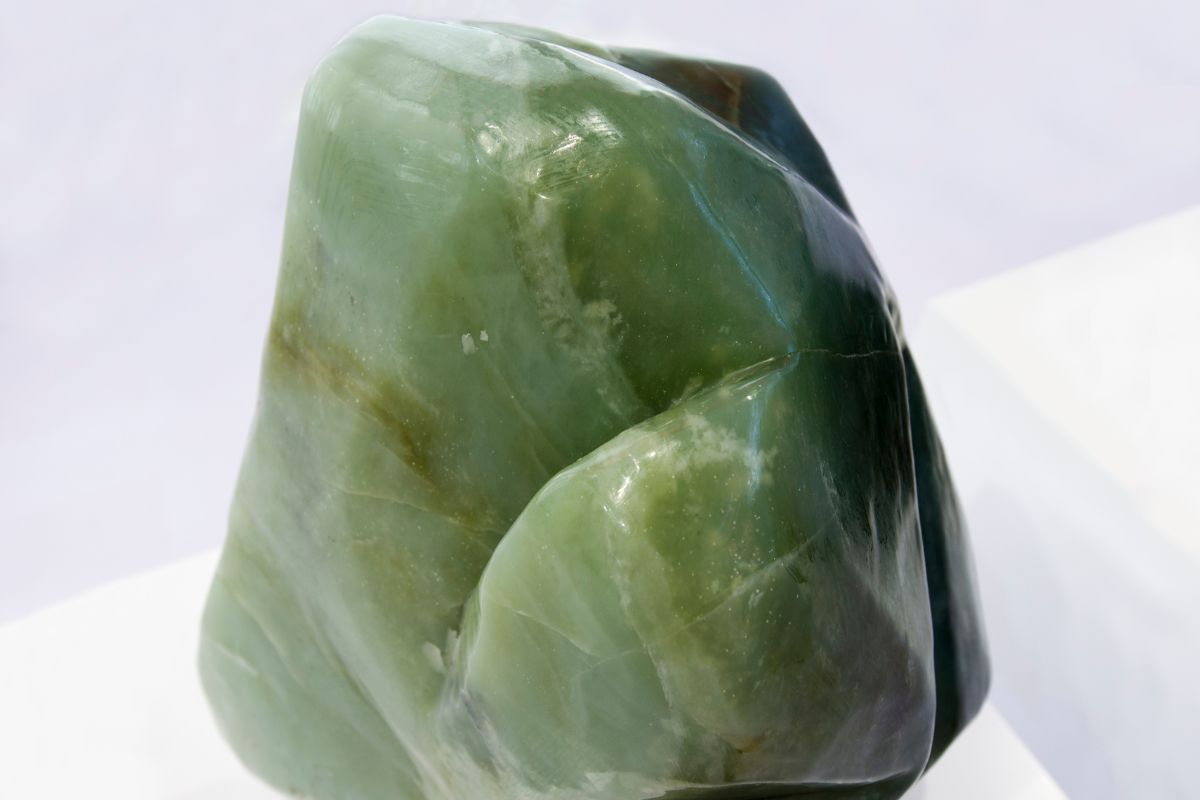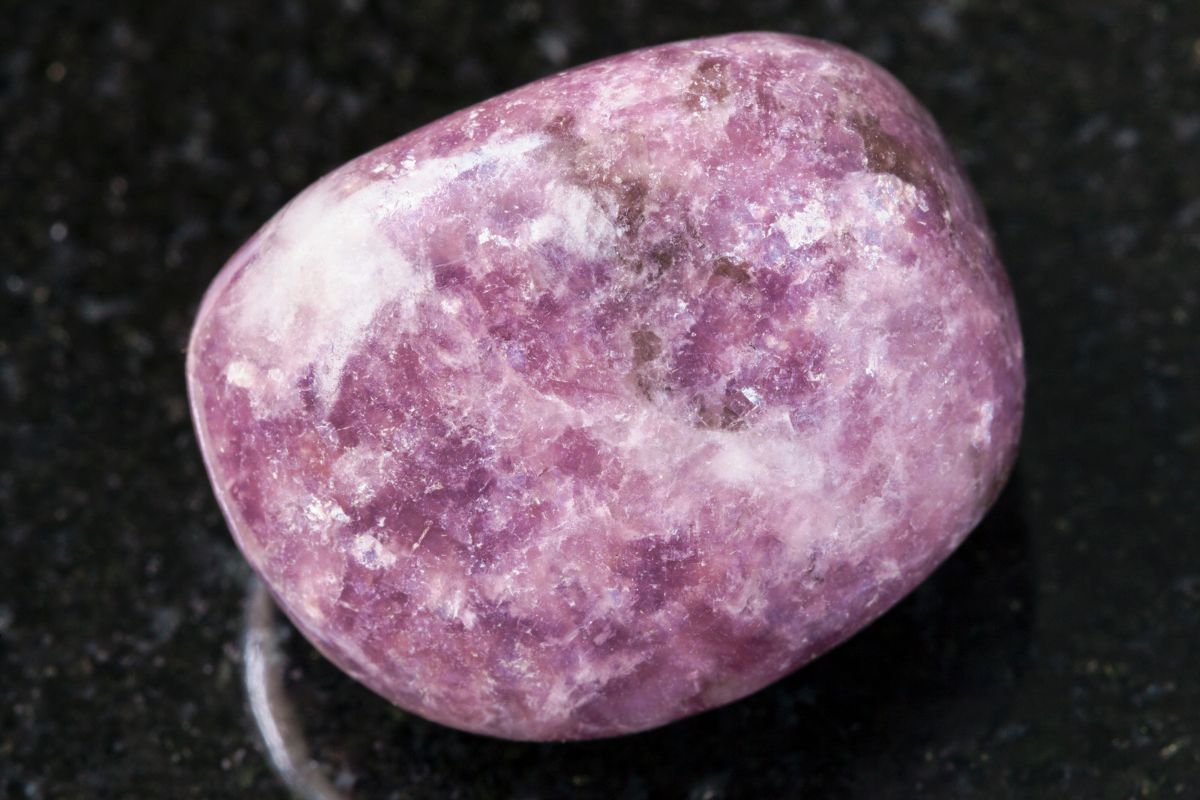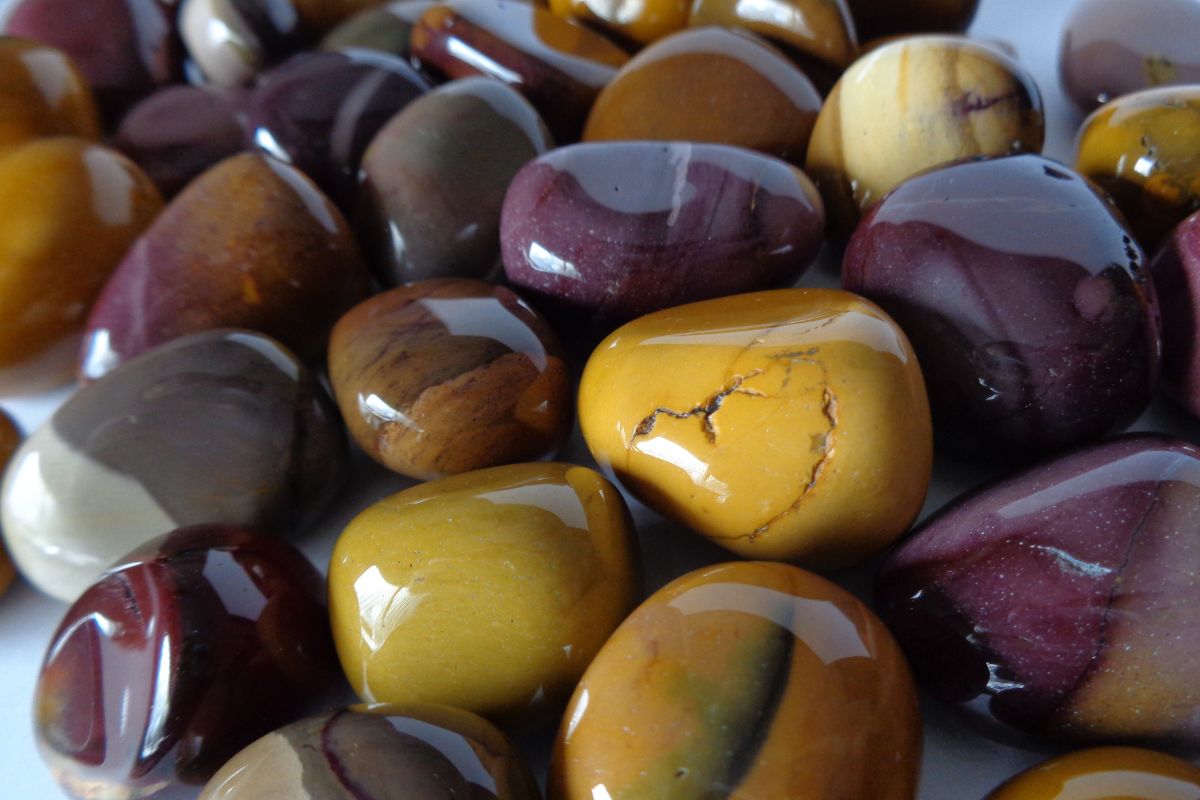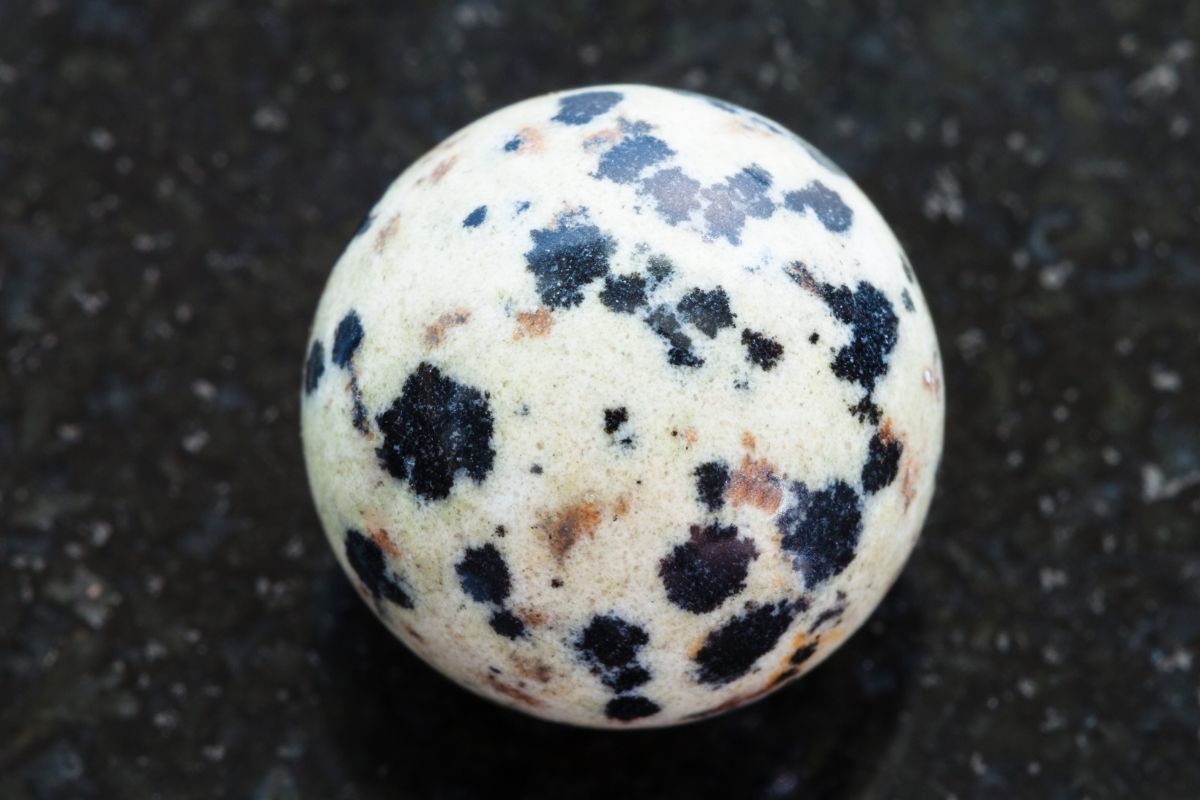If you’ve grown up in western parts of the world, the chances are you’ve heard of Myrrh before, most likely from the classic Nativity Bible story where it is gifted to commemorate the birth of Jesus Christ.
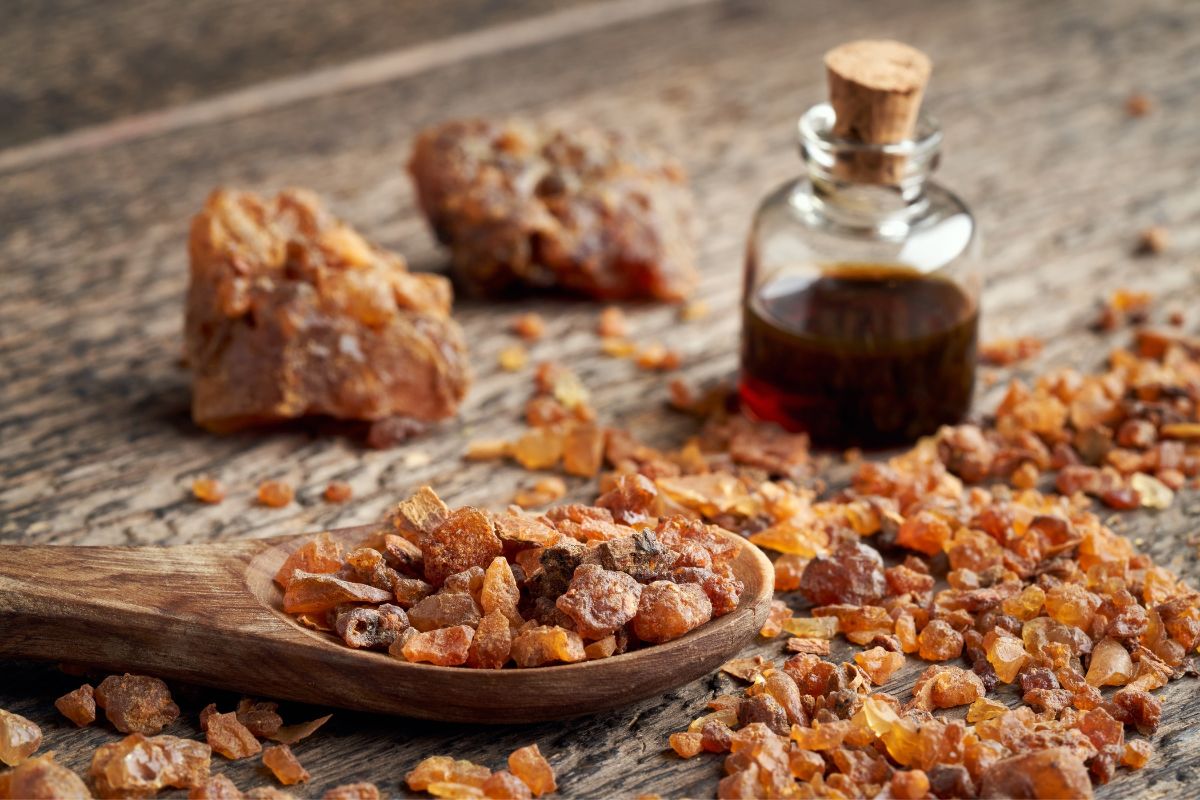
But there is a lot more to the story of Myrrh than just this one reference.
It’s been used by humanity for thousands of years for a variety of purposes, and no doubt you might be wondering about its health properties.
But what actually is Myrrh? Why is it burned? What does it smell like? If you’re wondering about these questions then you’ve come to the right place!
In this article we’re going to take you through everything there is to know about Myrrh—what it is, what it smells like, as well as some additional information about its uses in spiritual practices.
We’ve also made sure to include a short Frequently Asked Questions section to help answer any other questions you may have left over at the end.
What Is Myrrh?
Myrrh is a resin that can be extracted from the bark of certain trees, namely small trees belonging to the genus of Commiphora.
These trees are mainly native to Somalia, Yemen, Eritrea, Oman, and certain parts of Saudi Arabia.
As a result, it was found most commonly in these parts of the world until the world became more globalized.
Myrrh is typically extracted from these trees by tapping on them, making small incisions, and then watching the resin (sap) pool out of them.
The sap is then left to harden and they can begin to be processed.
Processing myrrh involves steam-distilling them, which allows them to create an essential oil that can be used for a lot of different purposes.
Myrrh had been used for generations for many different purposes, including as perfume, medicine, incense, and spiritual reasons.
There are a few different general uses for it and we’re going to briefly break these down below:
- For Indigestion: Myrrh has traditionally been used in medicine as a way to help certain gastrinol ailments. Although this isn’t supported by modern science, it was believed to help various issues with a person’s intestines, parasite infectiopns, and stomach.
- Food and Drink: It has been traditionally used as a flavoring ingredient in a lot of different traditional food and drinks. For example, Myrrh is used
- Perfume: It’s frequently used as a component of various fragrances, including perfume. This is less true in the western world, but Myrrh was used as a perfume in a variety of middle eastern cultures throughout history.
- Embalming: Myrrh was also traditionally used as an embalmer to put onto corpses before they are buried. It was used to help ward off bad odors within tombs, and it was known to last a long time before decaying.
What Does Myrrh Smell Like?
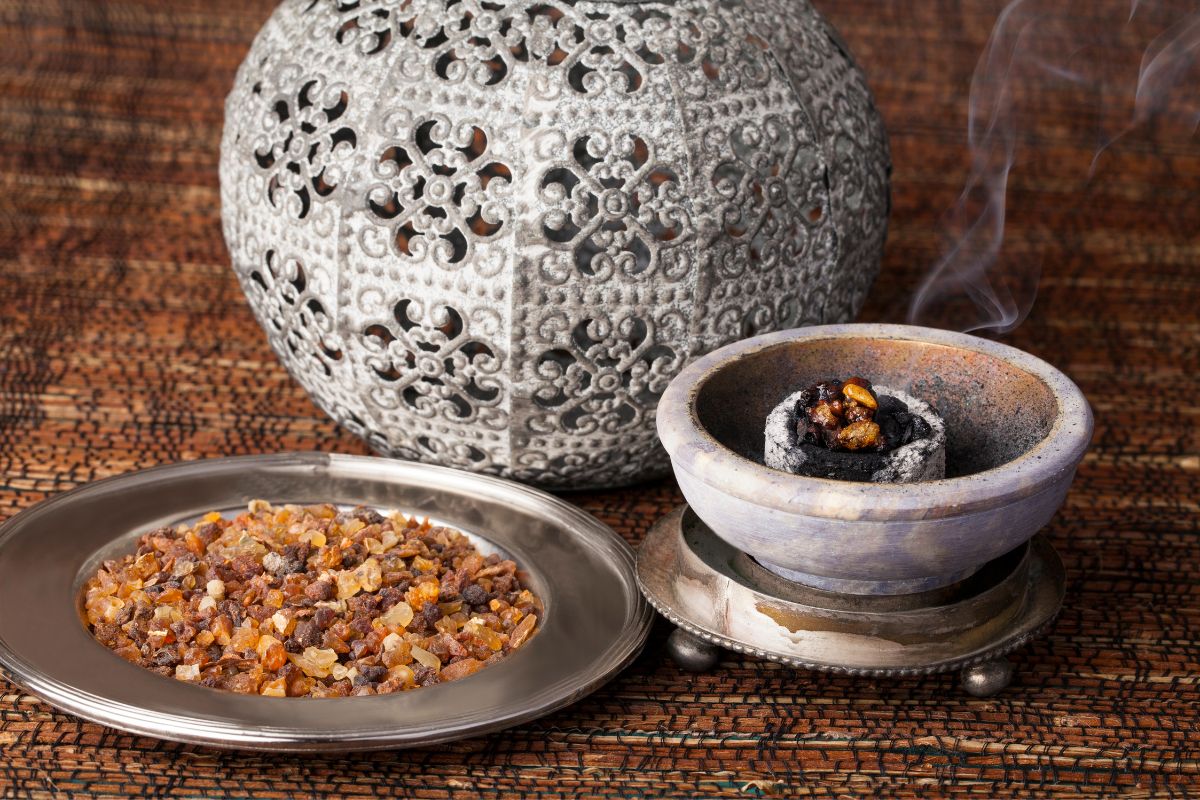
So you might be wondering what does Myrrh smell like? This is an important question if you’re considering using it for any of the many reasons.
It’s unlikely that you’re considering using myrrh to embalm a body, but you may be considering purchasing a myrrh incense or perfume that contains it.
Under these circumstances, you might be wondering what exactly it smells like.
Myrrh is a fairly strong-smelling substance, especially when used in large quantities.
Because it’s a tree resin, you can expect to smell a rich, earthy scent with slight notes that could remind you of licorice, or other sweet scents.
One thing that it’s fairly similar to that you might be more likely to have come into contact with is Sandalwood, which is earthy with slight notes of vanilla.
Myrrh is actually a great scent for Christmas!
It’s topical (because of the biblical story) but it has a lot in common with other traditionally ‘Christmas’ or ‘wintery’ scents such as cedar, vanilla bean, pine, or agarwood.
Should I Buy A Myrrh Fragrance/Incense
If you’ve never smelled myrrh before, then we would advise against purchasing a set of incense sticks or fragrance containing it. It’s a distinct, earthy smell that you might not like.
It’s generally a lot stronger than other more light perfumes you could be used to.
We would instead suggest you get your hands on a sample amount, to see if you like it before committing to a purchase.
Myrrh incense has been used for centuries for spiritual purposes.
Smoke was for the longest time considered to bridge the gap between various physical and spiritual realms, and as a result, myrrh has been used for this purpose.
If you’re into spirituality, it can be a great choice to use during rituals, or just to relax and unwind after a long, difficult day.
Final Thoughts
So there you have it! Myrrh has a rich, earthy scent with subtle hints of sweetness. It’s a great, unique substance that can be used for all kinds of different reasons.
We’d recommend you try it out if you’ve never experienced it. If it’s not for you, then you can always just add it to the list of scents you don’t like!
We hope that this article has explained everything about myrrh that you were hoping to know. If you still have some questions, check below for our short FAQ section.
Frequently Asked Questions
Why Was Myrrh A Gift In The Nativity Story?
Myrrh is believed to represent the symbolic relationship between Jesus Christ and death. By gifting myrrh, the wise men foreshadow that he will eventually be executed and rise again.
Can Myrrh Help Weight Loss?
There isn’t any real evidence that myrrh can cause weight loss in humans.
We wouldn’t recommend ever ingesting myrrh, outside of food-safe products. When ingested in high quantities, myrrh can cause kidney problems.
Is Myrrh A Pain Killer?
Myrrh is thought to have some anti-inflammatory effects, however, this isn’t completely proven. It has been used by healers and in traditional medicine for a long time, however.
- 15 Crystals That Cannot Be Exposed To The Sun - January 7, 2024
- Malachite Vs Fuchsite – Benefits And Uses - January 7, 2024
- Malachite Vs. Green Jasper: Benefits And Uses - January 7, 2024


